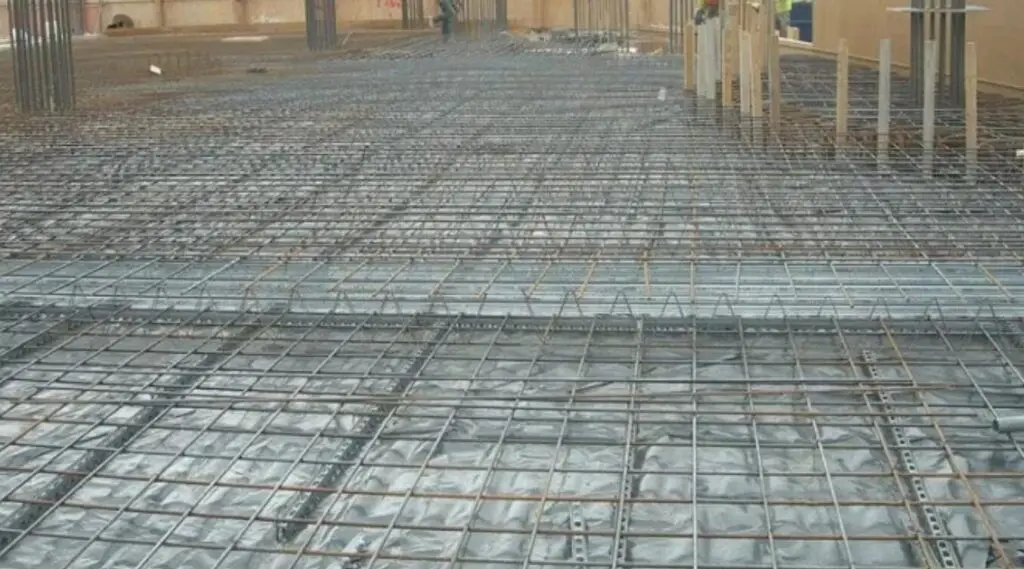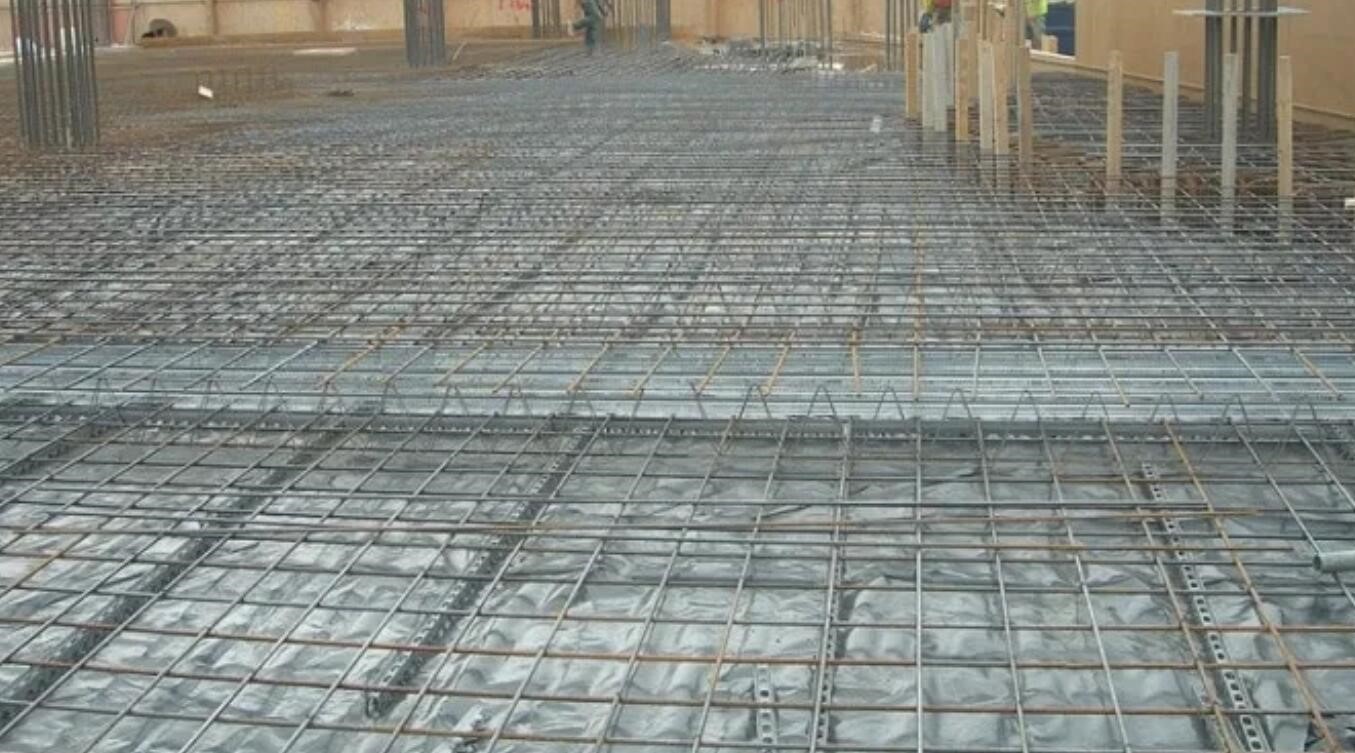Moving beyond mere construction components, the engineering ingenuity of concrete floor formwork operates at the heart of resilient and robust structural foundation. Paired with advanced technologies like laser screed flooring and efficient transportation logistics, this construct further lends its weight in shaping our urban landscapes. This blog delves deeper into the world of concrete floor formwork.

What is Concrete Floor Formwork?
Concrete floor formwork is a temporary or permanent mold constructed to contain freshly poured concrete, ensuring it assumes the designed shape as it hardens. Formwork is typically made from materials such as timber, plywood, steel, or plastic to form a ‘box’ that holds the concrete in place during the initial ‘setting’ process and until it gains sufficient strength to support itself.
The Significance of Formwork in Concrete Flooring
Formwork provides a structured guide for poured concrete, enabling construction workers to shape and create floors accurately to the architect’s design. It’s crucial for:
Shape and stability: Formwork helps shape the concrete, rendering the exact geometric configuration as per the design. It also offers stability to the semi-solid concrete until it hardens completely.
Safe construction: It makes the process safer for construction workers by containing the poured concrete in a defined area and preventing spills or accidents.
Efficiency: By allowing concrete to be poured and set in a specific manner and location, formwork saves time and increases the construction speed.
Quality Control: A well-built formwork confines concrete ensuring a quality surface finish, accurate dimensions, and a structurally sound construct meeting the design requirements.
The Role of Laser Screed Flooring
Laser screed technology has transformed the concrete flooring industry. It uses automated laser-guided equipment to spread, screed (level), and vibrate concrete in a single pass. When a laser screed flooring is used to level concrete, if the area needed to be leveled is too large to be completed at one time, side formwork should be installed at the area you want to construct each time. It contributes immensely towards:
Precision: Laser screed flooring provides extraordinary flatness and levelness, ensuring a perfect concrete floor, much beyond what conventional methods offer.
Like Us on Facebook!
Speed : It expedites the process with increased speed of construction and finishing, saving valuable time and cost.
Subscribe Us on YouTube!
Labor efficiency: It minimizes manual labor and enhances the effectiveness of the workforce.
Transportation of Formwork and Laser Screed
Transporting formwork and the impressive but bulky laser screed equipment from one job site to another requires careful planning and execution. In some complex environments you can use remote control wheelbarrows to transport these goods.
Packing: To ensure safe transportation, items should be tightly packed and securely fastened, preventing any damage during transit.
Special vehicles: Due to their size and weight, specialized vehicles like flatbed trucks or trailers are required for formwork and laser screed transportation.
Loading and unloading: Professional handling equipment like cranes or forklifts is essential for loading and unloading these materials safely.
Safe transit: Adherence to transportation safety regulations and proper securing measures are a must during transit.
Site accessibility: Verification of the construction site’s accessibility ensures safe and efficient unloading of materials at the destination site.
Conclusion
The orchestration of concrete floor formwork, especially when combined with laser screed technology, is crucial in the modern construction industry. Streamlining such complex processes and equipment through efficient transport logistics makes it possible to build structures faster, safer and more efficiently. As we continue to advance in our architectural aspirations, the mastery of these technologies becomes increasingly necessary in shaping the foundation of our built environment.
















